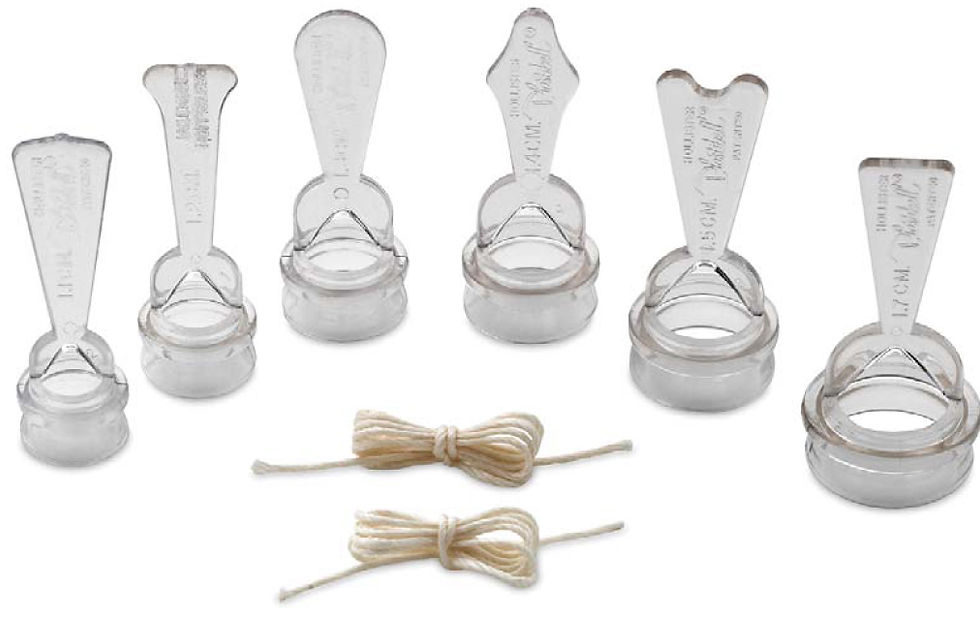What is the best circumcision method?
- Circumcision in London

- Apr 24, 2019
- 3 min read
Updated: Dec 19, 2022
There are many different methods of circumcision and it is understandable that it can be confusing which method of circumcision to opt for. Here at Circumcision in London, we have narrowed it down to 3 main methods which we believe to be the safest and most commonly used. They are: Plastibell which is often referred to as the ring method, the Forceps Guided method which is often referred to as the traditional method and the freehand method. Each method has its own use for different patients and the end result is very similar between all methods.
Plastibell (ring) method
Lets start off with the Plastibell (ring) method which is becoming increasingly popular. It is essentially a ring with a removable handle that looks like a bell and is made out of plastic. They come in different sizes to suit different penis circumferences. We routinely use this method for babies and toddlers, usually until the age of 3 years old but there is no definitive cut off age.
The method is a very simple idea which involves the placement of a ring around the glans (head of the penis). There is where the different sizes come into use. The skin is then pulled back over the ring and a thread is tied over the skin. This thread traps the foreskin and kills off any blood and nerve supply. Some of the skin is removed but a little bit of skin is left to hold the ring. The skin then dies and falls off with the ring, usually between 3-14 days. This is very similar to when your son is first born. Most of the umbilical cord is cut and a small length is left to become dead skin and then fall off. The advantage with this method is that the patient can be dressed up by putting on the nappy and all clothes as normal. The patient can also be bathed straight away and there are no stitches required. The end result is a clean perfectly circular cut. The disadvantages are that sometimes when the glans becomes swollen too much, it will block the ring from coming off. You will then need to return to the clinic for removal of the ring. This is uncommon but is not a complication as it does not affect the healing whether the ring comes off automatically or needs manual removal.


Forceps Guided (traditional) method
This method has been used in circumcision for centuries and involves the full removal the foreskin. The foreskin is pulled in front of the glans and a special forceps is applied to hold the foreskin. The foreskin is then removed and often there is minimal, if any, bleeding. The smooth surface of the forceps provides a guide for a clean smooth cut. If the wound edges are close apart and there is no bleeding, the wound can be left to heal on its own without the need for stitches. However, if stitches are needed, the absorbable stitches are applied and they usually come off automatically within 1-4 weeks. We use this method for adults and older children, usually above 3 years or when the glans is bigger than the ring. The advantages are that you see the circumcised penis immediately and there is no waiting for dead skin to fall off. The disadvantages are that sometimes stitches are needed and the patient cannot wash the area for 3 days, it must be kept dry.

Freehand method
We use this method for re-circumcisions and where the Plastibell or Forceps guided methods are not suitable. This still provides a good cosmetic outcome as we have the tools to tidy up previous circumcisions where patients are not happy with the original scars. The aftercare will be the same as the Forceps guided method.
Summary
Each of the circumcision methods has certain advantages and disadvantages but the disadvantages are mainly with differing aftercare instructions. You do not need to worry yourself with deciding on the methods as we will examine the patient before doing any circumcision to determine which method is best to the individual patient. We will then accordingly explain the necessary aftercare to the patient or parents.






Comments